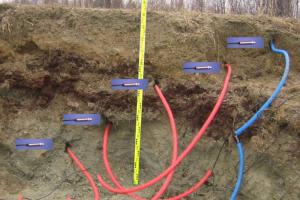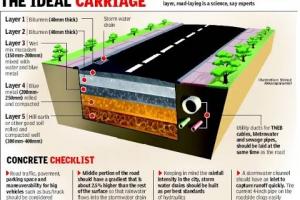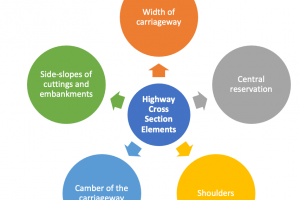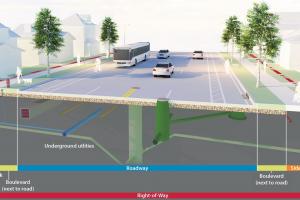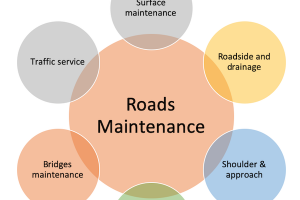What are Arterial Roads
Arterial roads, also known as arterial streets or highways, are major roadways that form the primary transportation network within a city or region. These roads are designed to handle high traffic volumes and provide efficient connections between different areas, such as neighborhoods, commercial centers, and industrial zones.
Characteristics of Arterial Roads
Here are some critical characteristics of arterial roads:
1. Traffic Capacity:
Arterial roads are designed to accommodate significant traffic volume, including both vehicles and public transportation. They typically have multiple lanes, allowing for higher capacity and a smoother flow of traffic.
2. Connectivity:
Arterial roads often serve as the main routes for commuting and connecting different city areas. They are strategically located to link residential areas to business districts, highways, and other major destinations.
3. Higher Speed Limits:
Compared to local streets, arterial roads usually have higher speed limits to facilitate the efficient movement of vehicles. However, speed limits can vary depending on the location and surrounding conditions.
4. Traffic Control:
Arterial roads often incorporate traffic control measures such as traffic lights, roundabouts, and intersection designs to manage the flow of vehicles and ensure safety at intersections.
5. Limited Access:
Unlike highways or freeways, arterial roads may have intersections and driveways that provide access to adjacent properties. However, efforts are made to limit access points and control entry and exit to maintain smooth traffic flow.
6. Pedestrian Facilities:
Arterial roads may include designated pedestrian sidewalks, crosswalks, and pedestrian signals to accommodate foot traffic and promote safe pedestrian movement alongside vehicular traffic.
7. Public Transportation:
Arterial roads frequently serve as corridors for public transportation systems, such as buses or trams. They may have dedicated bus lanes or stops strategically placed along the route. Overall, arterial roads play a vital role in urban transportation by facilitating the movement of people and goods efficiently. They are designed to handle higher traffic volumes and connect different areas within a city or region.




